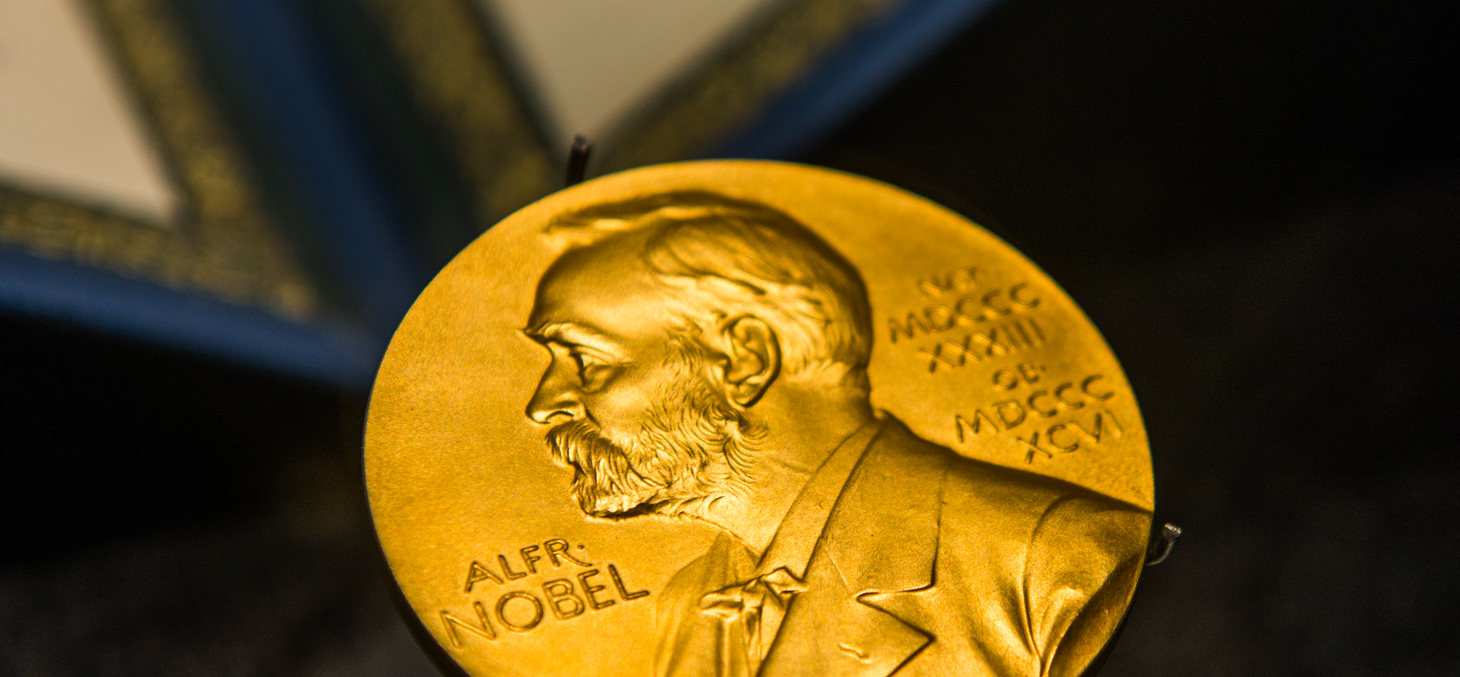2018 Nobel prize in Physics awarded to Gérard Mourou, a graduate of Université Grenoble Alpes
Accolade/Award
Research

The 2018 Nobel Prize in Physics has been awarded to French scientist Gérard Mourou, a graduate of Université Grenoble Alpes, alongside Arthur Ashkin of the USA and Donna Strickland of Canada. A distinction that once again highlights the
excellence of research and training at UGA in one of its long-standing disciplines: Physics.
The 2018 Nobel Prize in Physics has been awarded to French scientist Gérard Mourou, a graduate of Université Grenoble Alpes, alongside Arthur Ashkin of the USA and Donna Strickland of Canada. A distinction that once again highlights the excellence of research and training at UGA in one of its long-standing disciplines: Physics.
"I would like to congratulate Gérard Mourou, current Nobel Laureate in Physics and former student of the Université Grenoble Alpes. This is excellent news for our establishments, as they come together and become one integrated university grouping all the scientific and academic strengths of the Grenoble Alps region under a single banner. He is also the first student from Grenoble ever to win a Nobel prize. We have every reason to be very proud of our establishment and the research conducted here," says Patrick Lévy, principal investigator of the project IDEX Université Grenoble Alpes: University of Innovation.
After graduating from Grenoble in 1967, Gérard Mourou went on to obtain a PhD from the Université Pierre et Marie Curie (now the Sorbonne Université) in Paris. For most of his career he has worked in major French and American research laboratories, with key positions including heading the applied optics laboratory operated jointly by the École Polytechnique, CNRS and ENSTA ParisTech.
Gérard Mourou and Donna Strickland succeeded in dramatically increasing the power of lasers by creating ultrashort, high-intensity pulses. They devised the "Chirped Pulse Amplification" technique, which has pushed back the boundaries of experimental physics by breaking through the femtosecond barrier and revealing the internal dynamics of atoms and molecules, both of which had hitherto remained in the domain of purely theoretical physics. This work has also paved the way for laser particle acceleration, opening up new potential for exploring relativistic physics and gaining a greater understanding of the physical nature of vacuums.
"I would like to congratulate Gérard Mourou, current Nobel Laureate in Physics and former student of the Université Grenoble Alpes. This is excellent news for our establishments, as they come together and become one integrated university grouping all the scientific and academic strengths of the Grenoble Alps region under a single banner. He is also the first student from Grenoble ever to win a Nobel prize. We have every reason to be very proud of our establishment and the research conducted here," says Patrick Lévy, principal investigator of the project IDEX Université Grenoble Alpes: University of Innovation.
After graduating from Grenoble in 1967, Gérard Mourou went on to obtain a PhD from the Université Pierre et Marie Curie (now the Sorbonne Université) in Paris. For most of his career he has worked in major French and American research laboratories, with key positions including heading the applied optics laboratory operated jointly by the École Polytechnique, CNRS and ENSTA ParisTech.
Gérard Mourou and Donna Strickland succeeded in dramatically increasing the power of lasers by creating ultrashort, high-intensity pulses. They devised the "Chirped Pulse Amplification" technique, which has pushed back the boundaries of experimental physics by breaking through the femtosecond barrier and revealing the internal dynamics of atoms and molecules, both of which had hitherto remained in the domain of purely theoretical physics. This work has also paved the way for laser particle acceleration, opening up new potential for exploring relativistic physics and gaining a greater understanding of the physical nature of vacuums.
Published on February 8, 2021
Updated on February 10, 2021
Updated on February 10, 2021
Our laureate in the news
Université Grenoble Alpes
International and External Affairs
Tour Irma
51 rue des Mathématiques
38610 Gières - France
dgddit@univ-grenoble-alpes.fr
International and External Affairs
Tour Irma
51 rue des Mathématiques
38610 Gières - France
dgddit@univ-grenoble-alpes.fr
- News
- Resources
- Contacts
- How to find us
- Legal notices
- Personal data
- Credits
- Website map
- Cookies
- Website accessibility: not compliant
You are
You wish
Submit
Share the link
Copy
Copied
Close the modal window
Share the URL of this page
I recommend:
Consultable at this address:
La page sera alors accessible depuis votre menu "Mes favoris".
Stop video
Play video
Mute
Play audio
Chat: A question?
Chatbot Robo Fabrica
Matomo traffic statistics
X (formerly Twitter)

